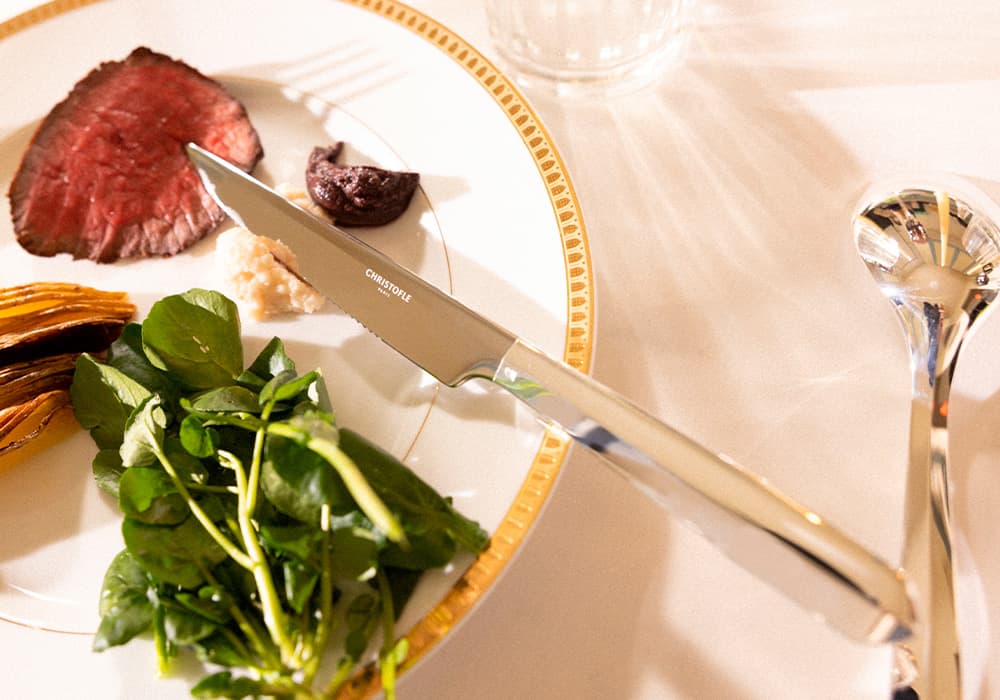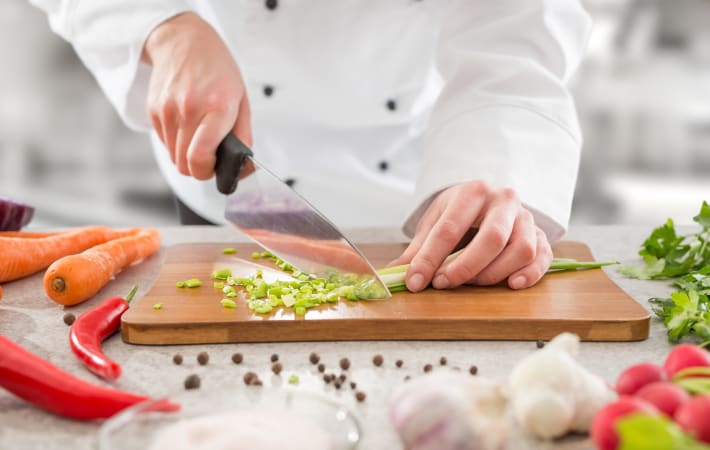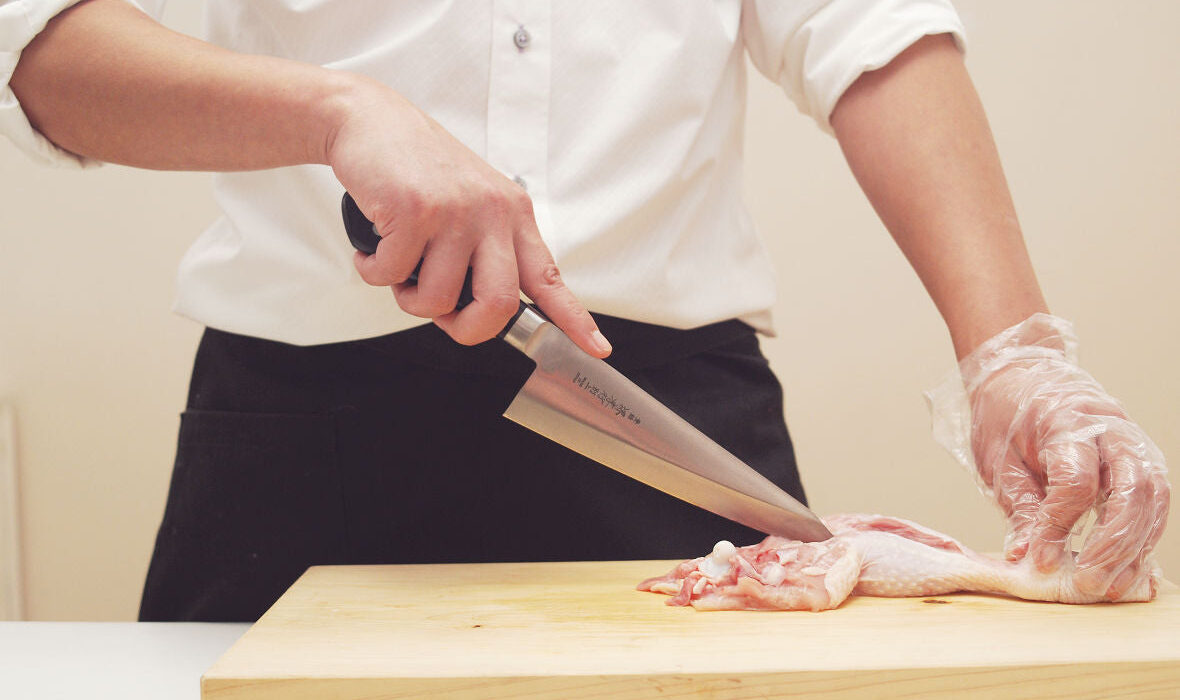Accidents in the kitchen are not uncommon, especially when handling sharp tools like knives. From seasoned kitchen professionals to hobbyist home cooks, weve all encountered moments that result in an unexpected knife cut. Knowing how to clean a knife cut is an essential skill that not only speeds up recovery but also prevents infection. Whether you’re slicing vegetables or preparing meat with precision, staying safe in the kitchen begins with proper first aid response.
This guide provides a meticulous, step-by-step breakdown of how to clean a knife cut and care for it like a pro. By following these steps, youll be prepared to act quickly, effectively, and hygienically in the event of an injury.

1. Immediate Steps After a Knife Cut
Stay Calm and Assess the Severity
The first thing to do is stay calm. Panicking will only make the situation worse. Quickly assess the cuts depth and location. Shallow cuts are easier to handle at home, whereas deep cuts near arteries or tendons need immediate medical attention.
Secure the Knife to Avoid Further Accidents
Next, move the knife to a safe location to prevent any additional injuries. Kitchen injuries can often escalate if tools are left unsecured.
2. Step-by-Step Process to Clean a Knife Cut
Wash Your Hands
Before touching the wound, wash your hands thoroughly with soap and warm water to prevent introducing bacteria. Hand hygiene is crucial in minimizing infection risks.
Rinse the Wound Under Clean Water
Place the injured area under running lukewarm water. Allow water to flow over the wound for at least two minutes to flush out dirt or debris.
Remove Debris with Care
If debris remains inside the wound, use sterile tweezers to gently remove it. Ensure the tweezers are sanitized beforehand.
3. Using Antiseptic Solutions
Apply an Antiseptic Cleanser
After rinsing, clean the wound with a suitable antiseptic solution. Look for alcohol-free antiseptics to avoid further irritation. This step eliminates bacteria that may lead to infections.
Pat the Wound Dry
Using a clean, sterile gauze pad, gently pat the wound dry. Avoid using cotton balls, as they may leave fibers behind in the wound.
4. Bandaging the Knife Cut
Apply Antibiotic Ointment
Apply a thin layer of antibiotic ointment, such as Neosporin, to the wound before covering it. These ointments help prevent infection and promote healing.
Cover with a Sterile Bandage
Use a sterile adhesive bandage or medical gauze to cover the wound. Ensure the bandage applies enough pressure to stop minor bleeding without being too tight.
5. Monitoring the Wound
Watch for Signs of Infection
Check the wound daily for signs such as redness, swelling, or discharge. If any of these symptoms occur, consult a healthcare professional immediately.
Change the Dressing Regularly
Replace the bandage at least once a day or when it becomes wet or dirty. Keeping the wound clean and dry ensures a quicker recovery.
6. When to Seek Medical Attention
Deep or Uncontrollable Bleeding
If the cut is deep or bleeding excessively, apply pressure with a clean cloth and head to the nearest medical facility immediately.
Signs of Severe Infection
Seek professional care if you notice pus, fever, or escalating pain around the cut.
7. Preventing Knife Injuries in the Kitchen
Use the Right Cutting Technique
Always use proper knife handling techniques to reduce the risk of accidents. Check out knife cutting techniques to refine your skills.
Keep Your Knives Sharp
Ironically, dull knives are more dangerous than sharp ones because they require more force and can slip easily. Learn more about using knives efficiently at cutting carrots with a knife.
8. Conclusion
Knowing how to clean a knife cut is an invaluable skill, whether you spend hours in a professional kitchen or cook occasionally at home. With the right techniques and tools, you can handle minor injuries safely and effectively while preventing complications.

FAQ Section
1. What should I do if the bleeding doesnt stop?
Apply firm pressure to the wound with a clean cloth. If bleeding persists after 10 minutes, seek medical care immediately.
2. Can I use soap to clean a knife cut?
Its better to rinse the cut with lukewarm water and use antiseptic solutions rather than soap, which may irritate the wound.
3. Are home remedies like turmeric safe for a knife cut?
While some home remedies may offer minor relief, its best to stick with medically-approved ointments and dressings for proper wound care.
For additional knife safety and cutting tips, visit this helpful guide.
This article contains affiliate links. We may earn a commission at no extra cost to you.


